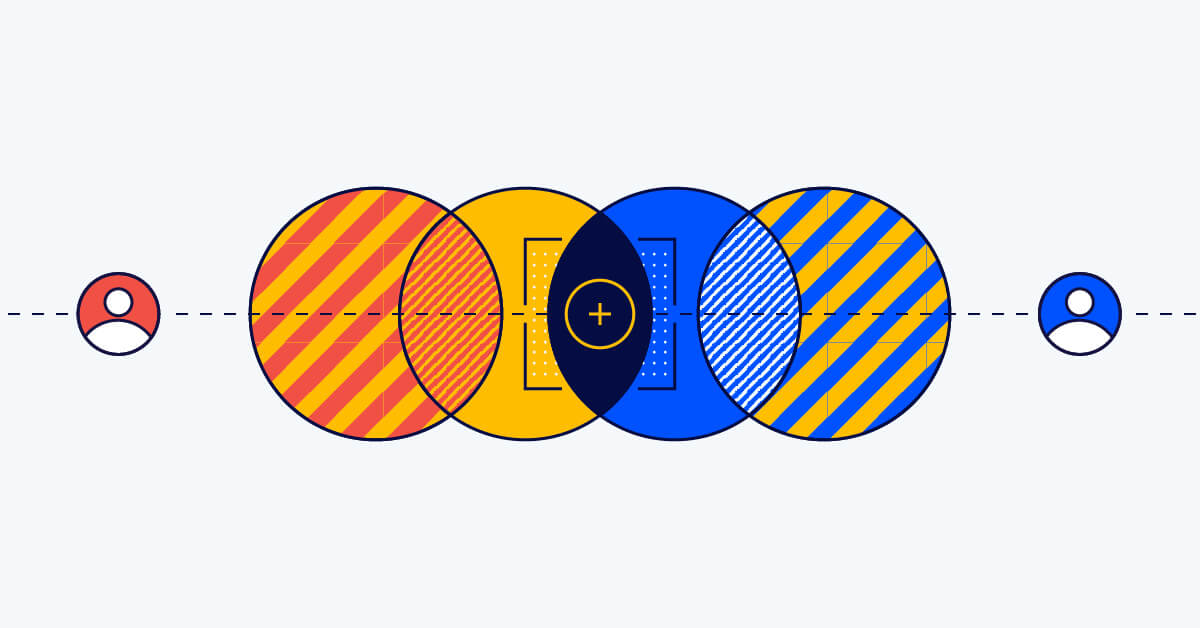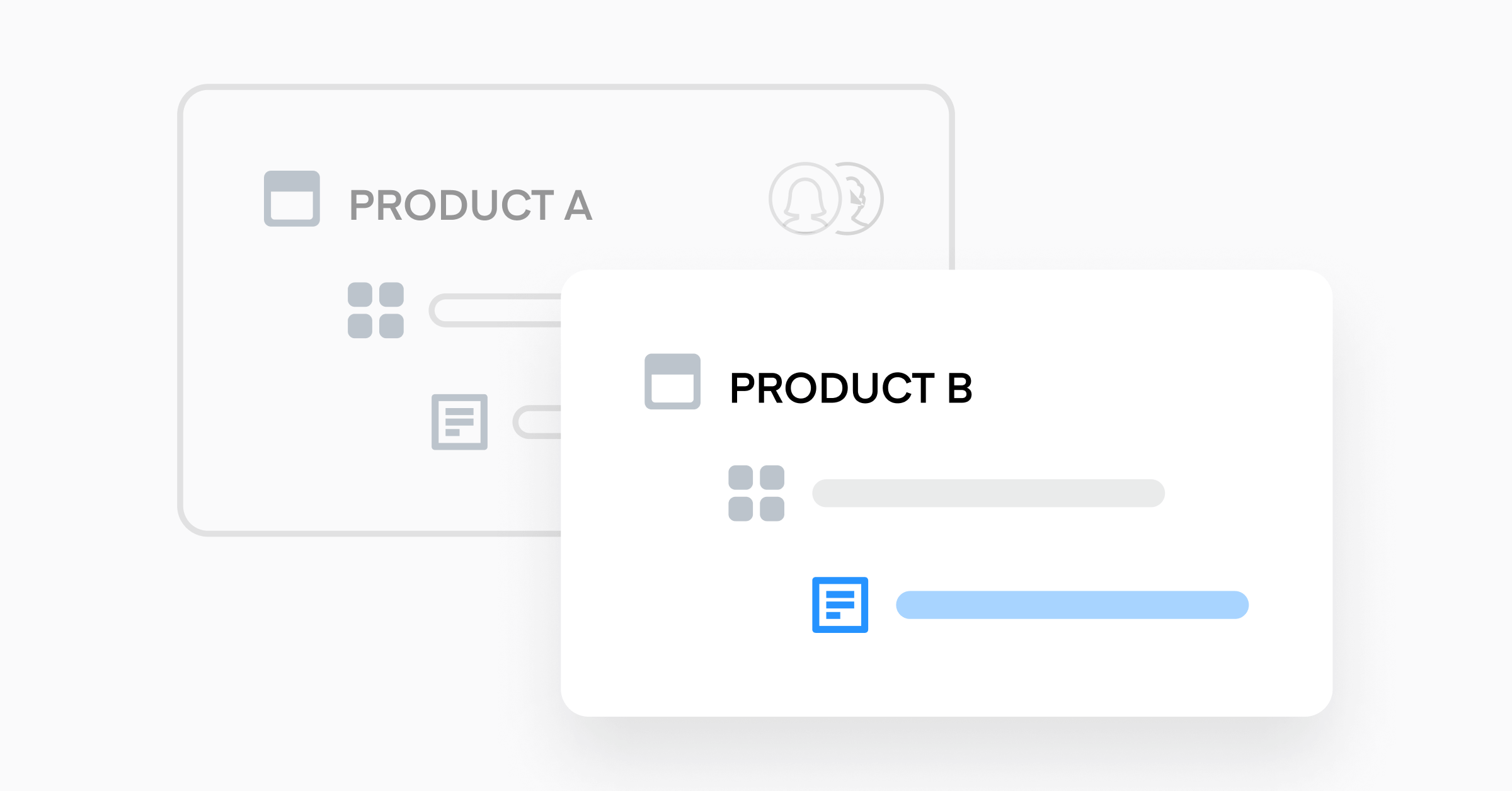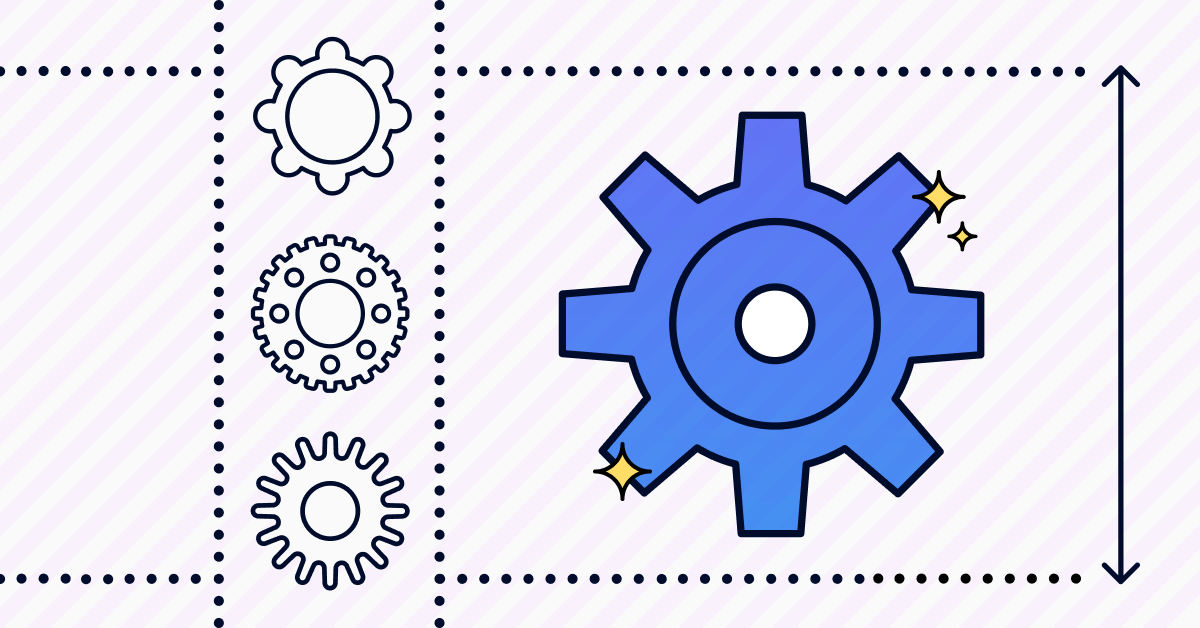Product owner vs. product manager: Who runs the show?

Product Owner vs. Product Manager
What is the difference between the product owner and the product manager? Does the product manager rank higher in the organization than the product owner? Do we need both?
With so much debate over the roles of the product owner and the product manager, it’s finally time to unpack these questions in detail.
Defining a product owner vs. a product manager can be challenging as many factors influence how these roles operate from company to company. The maturity of the product, size of the organization, departmental structures, adoption of scrum and agile practices, and company philosophy are just a few examples.
Both the product manager and the product owner work towards a common goal — to build and improve products that create meaningful value for customers and all stakeholders within the company. This usually happens by delivering and optimizing product features.
Both the product manager and the product owner work towards a common goal — to build and improve products that create meaningful value for customers and all stakeholders within the company.
Because they share the same goal, it’s often difficult to draw a line between the two positions. While there are some areas of overlap, the product owner and the product manager have different responsibilities in the product management process.
To break it down:
Product Manager Responsibilities
The product manager discovers what users need, prioritizes what to build next, and rallies the team around a product roadmap.
Product Owner Responsibilities
The product owner is responsible for maximizing the value of the product by creating and managing the product backlog. This person creates user stories for the development team and communicates the voice of the customer in the Scrum process.
Let’s dive into each role separately.
What is a Product Manager?
In simplest terms, the product manager is responsible for prioritizing what to build next.
Some of the activities of the product manager can be grouped in the following categories:
- Discover what users need by conducting user research and unveiling critical insights.
- Create the product’s long-term vision and strategy.
- Align the team around a cohesive product roadmap.
- Decide what features to build next.
- Deliver features that function and delight customers.
- Champion the team, partners, and external stakeholders to ensure alignment around overall strategy and direction of the product.
The product manager is a holistic, high-level role with responsibilities that encompass the entire product lifecycle — from customer discovery to product delivery. The product manager drives the product strategy by understanding customer needs, the product, and the overall market.
A good product manager is expected to be a customer spokesman, product visionary, team champion, and a strategic leader.
Due to their multidisciplinary role and strategic focus, product managers are often called “mini-CEOs.”
What is a Product Owner?
The term product owners comes from Scrum — an agile framework for building and sustaining complex products. As defined by the official Scrum Guide, a “Product Owner is responsible for maximizing the value of the product resulting from the work of the Development Team.”
The product owner is the sole person responsible for backlog grooming. Apart from that, the product owner also does the following:
- Turns customer pains and problems into actionable user stories, prioritize the user stories, and arranges user stories in the product backlog.
- Constructs and prioritizes production processes to ensure that the development team is clear on what to work on next.
- Attends all agile and scrum meetings to ensure that development work is aligned with the roadmap set by the product manager.
- Communicates the voice of the customer to the development team.
- Provides feedback on the validated roadmap to the product manager.
While the product manager has a highly strategic role and is accountable for the whole product lifecycle, the role of the product owner entails a more narrow focus and closer work with the development team.
The role of the product manager is, among other things, customer-facing. Conversely, the product owner works primarily with the production team to ensure that development processes align with the product roadmap.
Simply put, the product manager decides what products to build next, and the product owner helps the development team to build the products.
Product Owner vs. Product Manager
To help you visualize the two roles in a structured way, we prepared a table that compares the differences:
| Product Manager | Product Owner | |
| Overall focus | Highly strategic. Grand vision of the product. Long-term focus. | More detail-oriented. Short to mid-term focus. |
| Areas of responsibility | Product vision. Customer discovery. Cross-team alignment. Feature prioritization. |
Optimizing the development process. Turning the product vision into an actionable backlog. Advocating for the customers’ needs in front of the development team. |
| Owns | Product roadmap MVPs |
Backlog Epics User stories |
| Success metrics | NPS (product) Conversions (product) Revenue (business) Churn (business) |
Completed stories. Other metrics related to the performance of the development team. |
How Will You Benefit from Having a Product Owner and a Product Manager?
Many organizations struggle with whether to hire a product manager, a product owner, or both.
To make this decision, the company must focus on outcomes, not titles. As Rosemary King, Director of Training Products at Mind the Product, puts it: “Titles are not as important as understanding the outcomes that you would like to achieve, and the weaknesses in your current structure and process.”
She suggests approaching the decision a series of questions: “Who is currently doing what right now?” “What are the main challenges of the key players?” “What is your process for making decisions?” “What does success look like?”
Once you collect all the answers to these questions, you will have a clear picture of how your company operates, critical bottlenecks, and other factors. These insights will help you structure your team.
. . .
Productboard is a product management system that enables teams to get the right products to market faster. Built on top of the Product Excellence framework, Productboard serves as the dedicated system of record for product managers and aligns everyone on the right features to build next. Access a 15-day free trial of Productboard today.





